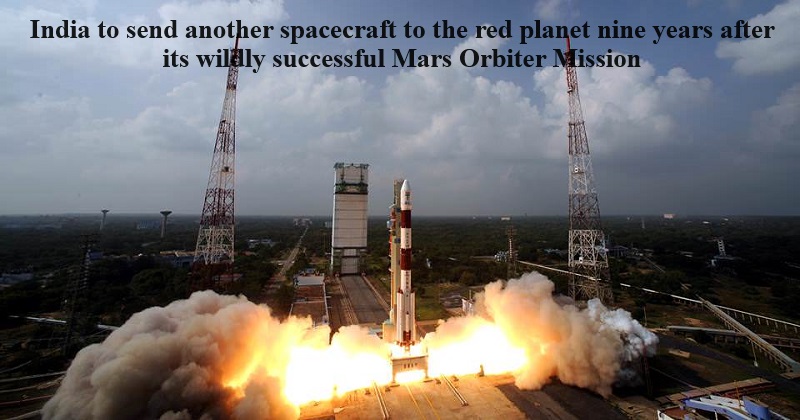
Nearly a decade after the resounding success of its Mars Orbiter Mission (MOM), also known as Mangalyaan, India is gearing up to launch another spacecraft bound for the enigmatic red planet, according to reports from Hindustan Times (HT) citing officials from the Indian Space Research Organisation (ISRO).
This upcoming mission, Mars Orbiter Mission-2, abbreviated as MOM-2, is expected to carry a suite of four scientific payloads. Documents examined by the news outlet reveal that these payloads will contain specialized scientific instruments designed to investigate various aspects of Mars, including interplanetary dust, the Martian atmosphere, and the planet’s environment.
The mission document outlines the following payloads: the Mars Orbit Dust Experiment (MODEX), a Radio Occultation (RO) experiment, an Energetic Ion Spectrometer (EIS), and a Langmuir Probe and Electric Field Experiment (LPEX).
An anonymous ISRO official informed HT that “all of these payloads are in different stages of development.”
Each of these payloads serves a distinct purpose. MODEX, for instance, is designed to provide insights into the origin, abundance, distribution, and high-altitude flux of interplanetary dust particles (IDPs) on Mars. This instrument can detect particles with sizes ranging from a few hundred nanometers to a few micrometers, traveling at hypervelocity speeds exceeding 1 km/s. The data collected will be instrumental in understanding the dust flux on Mars, confirming the presence of any hypothetical rings around the planet, and determining whether the dust originates from interplanetary sources or the Martian moons, Phobos and Deimos.
The Radio Occultation instrument, on the other hand, will focus on measuring the profiles of neutral and electron densities in Mars’ atmosphere. This data will contribute to a more comprehensive understanding of the planet’s atmospheric behavior.
The Energetic Ion Spectrometer (EIS) is tasked with characterizing solar-energy and supra-thermal solar wind particles in the Martian environment. This instrument will also aid in unraveling the history of Mars and its loss of atmosphere over the eons.
Lastly, the Langmuir Probe and Electric Field Experiment (LPEX) will facilitate measurements of electron number density, electron temperature, and electric field waves, providing valuable insights into the plasma environment surrounding Mars.
India’s previous Mangalyaan mission marked a historic milestone as the country’s first interplanetary mission. It propelled India into an elite group of nations, including Russia’s ROSCOSMOS, the United States’ NASA, and the European Space Agency, that have successfully achieved Mars orbit.

Post Your Comments